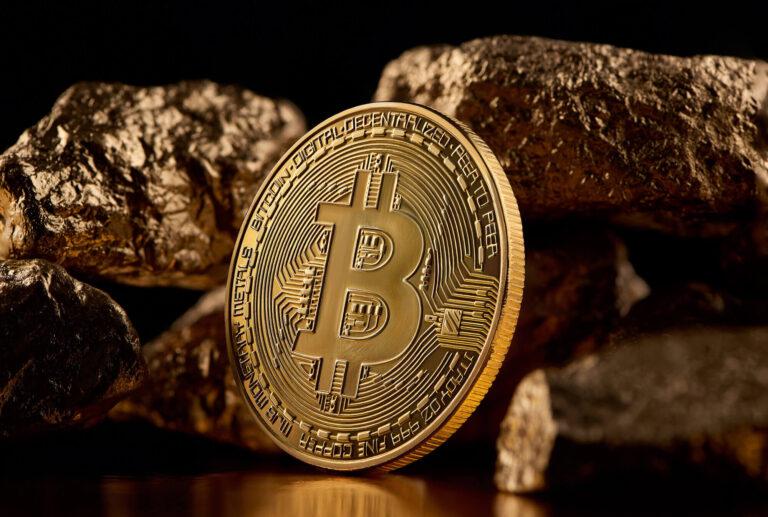After the advent of music streaming, new tools are needed for the growth of the independent music industry. Non-fungible token (NFT) is the new buzzword in the broader art industry this year, but what value do they actually have for music artists and fans?
The music industry has fundamentally changed since music streaming arrived. Today, billions of listeners have access to streaming services such as Spotify and Apple Music. Streaming is by far the largest revenue source for recorded music. The global music streaming market is projected to reach $23 billion in 2021 and is expected to grow by $7 billion during 2021-2025. A small number of centralized streaming platforms still dominate the market and the major labels focus on the absolute top tier of artists.
Growth of independent artists
At the same time, growth is driven by independent artists. Never before has it been easier to get your music produced and distributed. However, competition is fierce. Over 60,000 songs are released every day, according to Spotify. Talent and great music are still necessary for success, but it’s not enough to cut through the noise.
Hard work, proper tools, and capital to invest in your career are also required. To prosper as an independent artist today, you need to secure your own success, building your audience as you grow. The need for decentralized financing and promotion solutions, as well as new revenue streams, is increasing.
Benefits for artists
A non-fungible token (NFT) is a digital proof of ownership, with every action performed on it stored as a record in an immutable blockchain ledger. One of the key features of non-fungible tokens is their uniqueness. There cannot be two identical NFTs. Another is their versatility. With the help of smart contracts, NFTs can be programmed to perform specific automated actions. These allow the creator to exclude the go-between in many scenarios. For example, receiving a pre-defined cut of any resale. This is one of the reasons for their appeal to the modern artist.
Music artists have the ability to deliver the key components of a valuable NFT. They are collectables, similar to original vinyl pressings, and they can provide larger-than-life experiences, such as getting backstage. Music has always been visual, which has been the main ingredient in the NFTs we’ve seen so far. Exploring audio first NFTs could be an exciting opportunity for creatives from now on.
Handling risks of NFTs
While cryptocurrencies and NFTs are new, potentially risky technology spaces, there’s no reason not to experiment with them. Some artists are already making hundreds of thousands of dollars by selling their tokenized art, while others are nowhere near that profit level. It’s possible to mitigate risk by working with experienced partners like an NFT agency or distributor. The right partners will help build and market the asset and support the artists through the process.
NFTs also change the way artists interact with fans. Not only will fans be willing to support their favourite creators in a new way, but the creator can also provide various NFT-specific benefits. Pretty much everything can be tokenized. Music tracks, digital artwork, pieces of text, apps, files, and even real-life physical objects – like concert tickets or unique merchandise – can all be accompanied by their own NFTs. Thus, enabling artists and content creators to deliver new experiences to their fan base.
Still in the early stages
Of course, NFTs are still in their infancy, but as technology improves, they will reach the masses. That said, NFTs offer genuine benefits for artists and fans alike. So while people outside the crypto space may not feel the need for NFTs yet, they should keep an eye on this nascent technology.
These unique tokens have the potential to become game-changers for the next generation of music artists. It will enable new opportunities for artists to monetize music on top of streaming royalties, but it will also be a tool that will help artists to build closer relations with their core fans. Who knows, but NFTs could potentially become as important to the younger generations as music videos were during the MTV heyday of the 90s.








